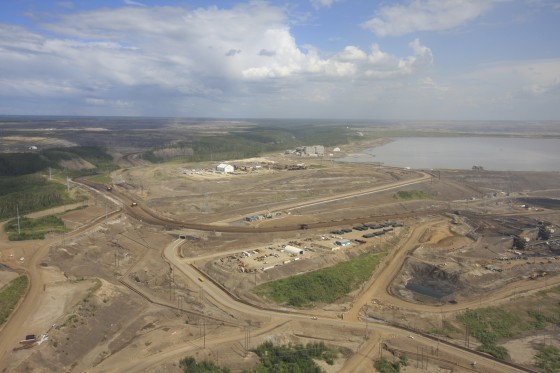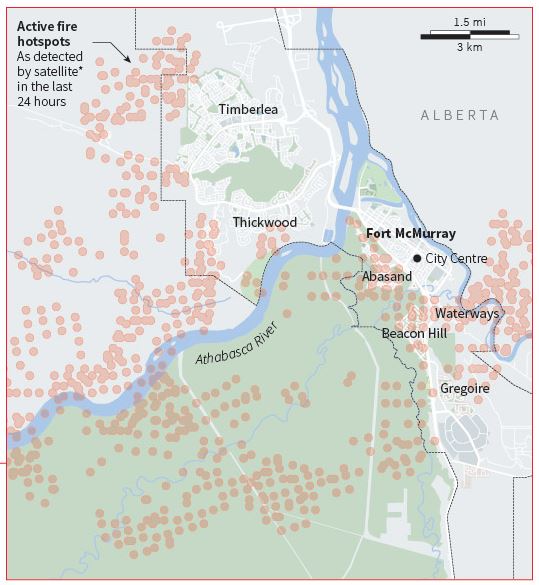
Christiana Figueres, executive secretary of the UN Framework Convention on Climate Change, speaks at Climate Week NYC 2010. (Photo: Swiss Re)
Yesterday, I looked at the difference between mitigation of climate change and adaptation to it — a topic broached during Climate Week NYC 2010 on Monday during Swiss Re’s “Risk & Resiliency” panel.
Fortunately, it was such an insightful event that we still have more to talk about.
Walter Bell, chairman of Swiss Re American Holding Corp, kicked off the discussion, mentioning that his company has had a deep interest in climate change ever since Swiss Re identified it as an emerging risk two decades ago in the mid-80s. “Swiss Re’s approach is to first understand a risk then try to determine how to manage it,” he said. “We want to look not just at the risk, but at the solutions.”
Along these lines, he — and just about everyone else in attendance — touted the Caribbean Catastrophe Risk Insurance Facility (CCRIF) as a prime example of a way to not just help illuminate the problems — but help solve them.
“The CCRIF is a cutting-edge risk management solution,” he said. “The CRIF is not just a model or a concept. It works. Those member countries have received checks after a disaster.”
For the uninitiated, CCRIF is a risk pooling mechanism that is owned and operated by sixteen member countries in the Caribbean. And the best part is that the fund has a “parametric trigger” that helps nations struck by a disaster get relief money immediately. What this means is that there is no lengthy, complicated claims process after an event. If an earthquake of a certain magnitude strikes or if a hurricane with winds of a certain speed makes landfall, the payouts begin instantly. (More info here.)
The panel’s headliner, Christiana Figueres, executive secretary of the UN Framework Convention on Climate Change, built on this momentum, highlighting the disasters we have seen this year, both in the Caribbean and elsewhere across the globe, that may be a precursor to the erratic weather we will see in a future affected by climate change. “This year, as you know, has seen no shortage of extreme weather events,” said Figueres. “The bottom line is that these events illustrate what could happen in the future.”
To help combat climate change and lessen the blow, she believes the world needs to — quickly — do three things simultaneously: (1) reduce emissions, (2) adapt to the already-inevitable effects so as to minimize the loss of life and livelihoods, and (3) increase resiliency to better deal with the effects of the future.
For developing nations, she categorized progress in these areas as “critical” to not just meeting the Millennium Development Goals outlined by the UN for all of the world’s 192 countries, but to preventing an acceleration of the endemic poverty that exists in so many areas. Without progress, standards of living in some countries might become even worse than they are today.
She listed three major areas in which resiliency must be prioritized: health, agriculture and water. For health, the first step needs to be creating solutions to better deal with climate-sensitive diseases. Figueres noted the increase in tropical diseases throughout the world. Even in the United States, she revealed, “dengue fever-transmitting insects can now be found in 28 US states.” Troubling indeed.
In terms of agriculture, she said that there have been improvements. In Ethiopia, more farmers are switching to more drought-resistant crops with good results. Dupont, too, she said has made strides in developing drought-resistant solutions for rural crop-growers.
The biggest issue, however, is the one that affects both of those issues — and everything else: water. “Climate change will affect all aspects of the water supply,” said Figueres. And it’s not only adapting to the future that is a challenge. Even today, she says, things are below par. “To make matters worse, water is already being badly managed in many locations.”
In order to better manage the future risks of climate change, Figueres stressed that the private sector needs to become more involved. And not just because corporations should be better global citizens — but because they need to protect themselves. “No sector will be immune to climate change … Sooner or later, all businesses will need to climate-proof themselves.” she said. This, she stresses, means protecting everything from supply chain to point of sale to place of investment to water supplies.
But with great downside comes great upside. “Business needs to adapt itself,” she said. “And adaptation holds investment opportunities.” ”
“Money spent on adaptation today will be money well spent for our future,” said Figueres. “Aggressive adaptation today needs to become the societal … insurance program of the 21st century.Money spent on adaptation today will be money well spent for our future,” said Figueres. “Aggressive adaptation today needs to become the societal … insurance program of the 21st century.”
Some of these investment opportunities include new agricultural products, improved water management and green construction. And, of course, we have all heard about the new “green economy” of renewable energy development that President Obama has continued to assure is just over the horizon, ready to lift the country from dreadful unemployment numbers and put America back at the front of global manufacturing and innovation.
The other opportunity lies in insurance. “Even when all adaptation measures have been taken, the risks … will not be ruled out,” said Figueres. “The insurance industry is already developing insurance products and must proceed quickly.”
Swiss Re will be one of the companies trying to make sure that happens, but there are plenty of others. Just look at all the insurance company initiatives underway. Too few of these are about actually creating policies, but much of the heavy lifting and relationship building has already been done, so some innovative products should not be far off. (We’ll talk more about the progress on that in a later post … stay tuned.)
Figueres thinks all innovation will pay off ultimately. “Money spent on adaptation today will be money well spent for our future,” said Figueres. “Aggressive adaptation today needs to become the societal … insurance program of the 21st century.”
And the time to start is now, she says, even if getting everyone on the same page is still a challenge. “The momentum needs to be lead by science,” she said. “It needs to be lead by business. It needs to be led by civil society. How do we get them all moving in concert?”
That, as everyone participating in Climate Week NYC 2010 already knows, is the $64,000 question.
We welcome your suggestions below.






